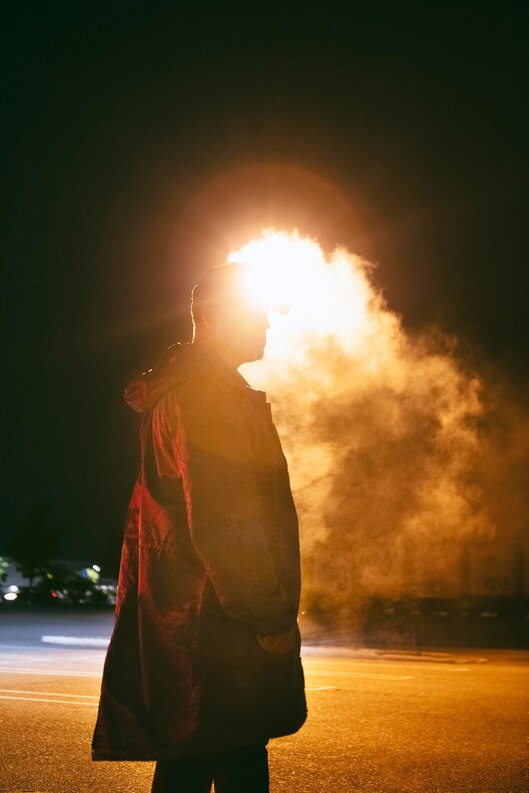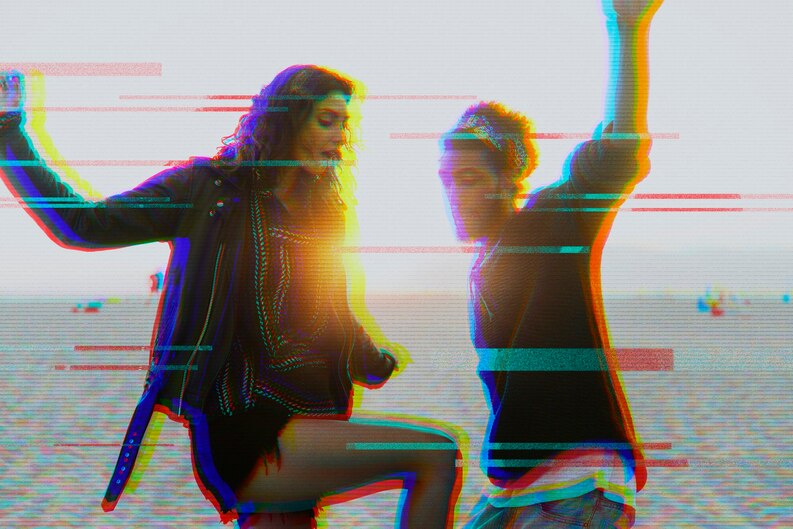Picture this: it’s 1993, and you’re sitting in a dimly lit theater, popcorn in hand, as the ground shakes with the roar of a T-Rex. Spielberg’s Jurass
Picture this: it’s 1993, and you’re sitting in a dimly lit theater, popcorn in hand, as the ground shakes with the roar of a T-Rex. Spielberg’s Jurassic Park isn’t just a movie—it’s a revelation. The dinosaurs on screen feel so real that you forget they’re the product of movie effects. For me, that moment sparked a lifelong obsession with the cinematic experience, and I’m not alone. From the practical wizardry of the 1930s to today’s CGI evolution, special effects have reshaped how we experience films, weaving movie magic that lingers long after the credits roll. In this post, I’ll share personal stories and insights into how movie effects have transformed visual storytelling, redefined film appreciation, and left an indelible mark on audiences and filmmakers alike.

The Dawn of Movie Magic: When Effects First Stole Our Hearts
My earliest memory of special effects was watching The Wizard of Oz on a grainy VHS. The moment the Wicked Witch’s broomstick trailed smoke across the sky, I was hooked. Back in 1939, those effects—achieved with painted glass, miniatures, and clever editing—were groundbreaking. They weren’t just tricks; they were tools for visual storytelling that made Oz feel alive. For my grandmother, who saw it in theaters, the transition from sepia to Technicolor was pure movie magic. That shift wasn’t just visual—it was emotional, pulling audiences into Dorothy’s journey.
The early days of film technology relied on practical effects like stop-motion and matte paintings. Take King Kong (1933): Willis O’Brien’s stop-motion ape made audiences scream and cry, proving that movie effects could evoke real emotions. These techniques laid the foundation for the VFX impact we see today, showing filmmakers that effects weren’t just spectacle—they were storytelling partners.
The CGI Evolution: From Dinosaurs to Entire Worlds
Fast forward to the 1990s, when movie effects took a quantum leap with CGI evolution. I remember my teenage self gaping at Jurassic Park’s dinosaurs, a blend of animatronics and early CGI that felt like a portal to the Cretaceous. According to the Visual Effects Society, the film used only about six minutes of CGI, yet it revolutionized modern filmmaking. Suddenly, filmmakers could create anything—dinosaurs, spaceships, or entire planets.
This shift wasn’t just technical; it was personal. My friend Sarah, now a visual effects artist, traces her career to watching The Matrix (1999). The “bullet time” sequence, with Neo dodging bullets in slow motion, wasn’t just cool—it was a film transformation that made her see movies as art, science, and imagination combined. By 2009, Avatar pushed the boundaries further, using motion-capture and 3D to create Pandora. Box office numbers tell the story: Avatar grossed over $2.7 billion worldwide, proving that movie effects could drive the cinematic experience and captivate global audiences.
Emotional Impact of Effects: Making Us Feel the Story
Movie effects aren’t just about spectacle—they’re about heart. Consider Titanic (1997). The sinking ship, a blend of practical sets and digital water, didn’t just look real; it made us feel Rose and Jack’s desperation. My cousin Mark, a casual moviegoer, still talks about how the flooding scenes gave him chills. That’s the VFX impact: effects that amplify the emotional impact of effects and make stories unforgettable.
Or take Interstellar (2014). The film’s black hole, Gargantua, was designed with input from physicist Kip Thorne, ensuring scientific accuracy. The result? A visual that wasn’t just stunning but deeply moving, as it tied to Cooper’s journey through time and love. For me, these moments highlight how movie effects can bridge the gap between imagination and emotion, turning films into shared personal film stories.
The Double-Edged Sword: When Movie Effects Overwhelm the Story
Not every film transformation is flawless. I recall watching a bloated superhero movie (no names, but think capes and explosions) where the special effects drowned out the plot. My friend Jake, a filmmaker, calls this “effect overload”—when movie effects prioritize flash over substance. A 2021 study by the University of Southern California found that 68% of moviegoers feel modern blockbusters over-rely on CGI, sometimes at the cost of character development.
Yet, when done right, movie effects elevate storytelling. Mad Max: Fury Road (2015) used practical stunts and minimal CGI to create a relentless, grounded chase. The result? A film that felt raw and real, earning six Oscars. This balance is key to modern filmmaking, reminding us that movie magic shines brightest when it serves the story.
The Future of Film Technology: What’s Next for Movie Effects?
As a film enthusiast, I’m excited about where movie effects are headed. Virtual reality and AI-driven effects are already changing the game. Imagine a future where you don’t just watch a movie but step into it, thanks to immersive film technology. My colleague Lisa, a media studies student, predicts that AI will soon generate entire scenes from a director’s script, streamlining production and sparking new iconic film moments.
Films like The Lion King (2019) remake, entirely CGI yet photorealistic, hint at this future. But as how movies changed continues to evolve, the challenge is keeping the human touch. Will movie effects enhance visual storytelling, or will they overshadow it? That’s a question for filmmakers, artists, and audiences to answer together.
Conclusion: Embracing the Cinematic Experience
From the painted skies of The Wizard of Oz to the digital vistas of Avatar, movie effects have transformed how movies changed the way we see films. They’ve turned stories into worlds, amplified emotions, and inspired countless personal film stories. For me, every effect—from a stop-motion Kong to a CGI Pandora—is a reminder of why I fell in love with the cinematic experience.
So, next time you watch a film, pay attention to the movie magic behind it. Notice how a spaceship’s hum or a dragon’s roar pulls you deeper into the story. Share your own personal film stories in the comments—what effect changed how you see movies? Or better yet, grab a friend, head to a theater, and let the VFX impact remind you why film appreciation is a lifelong adventure. The screen is calling—dive into the movie effects and see where they take you.



COMMENTS